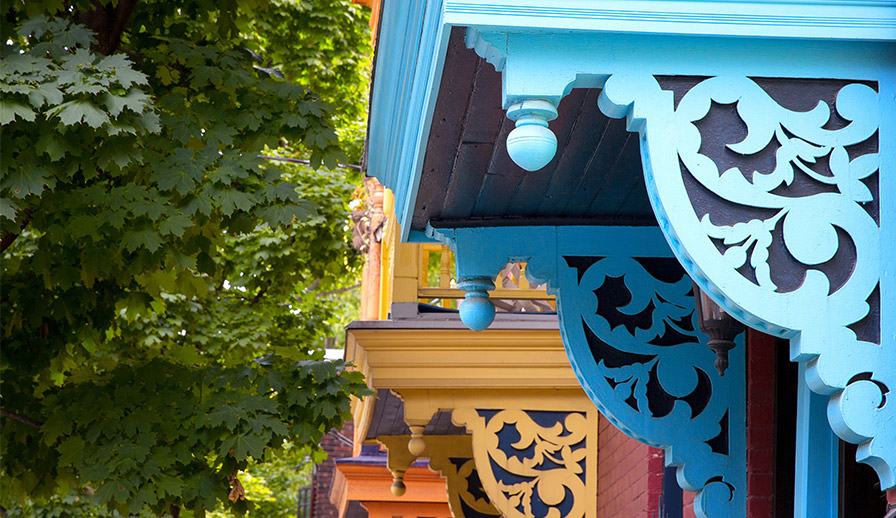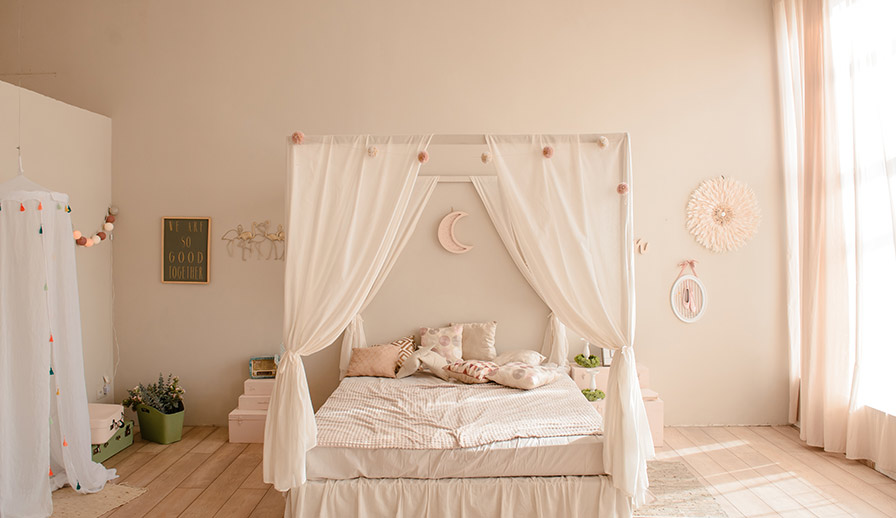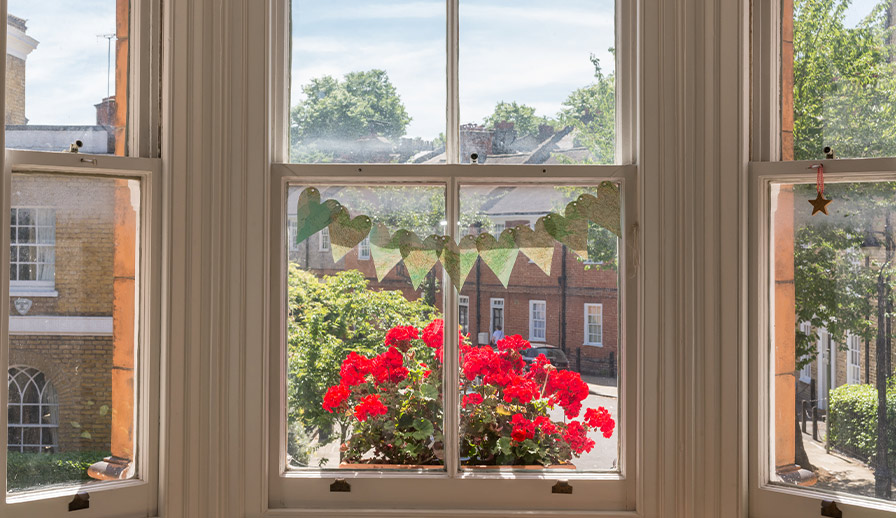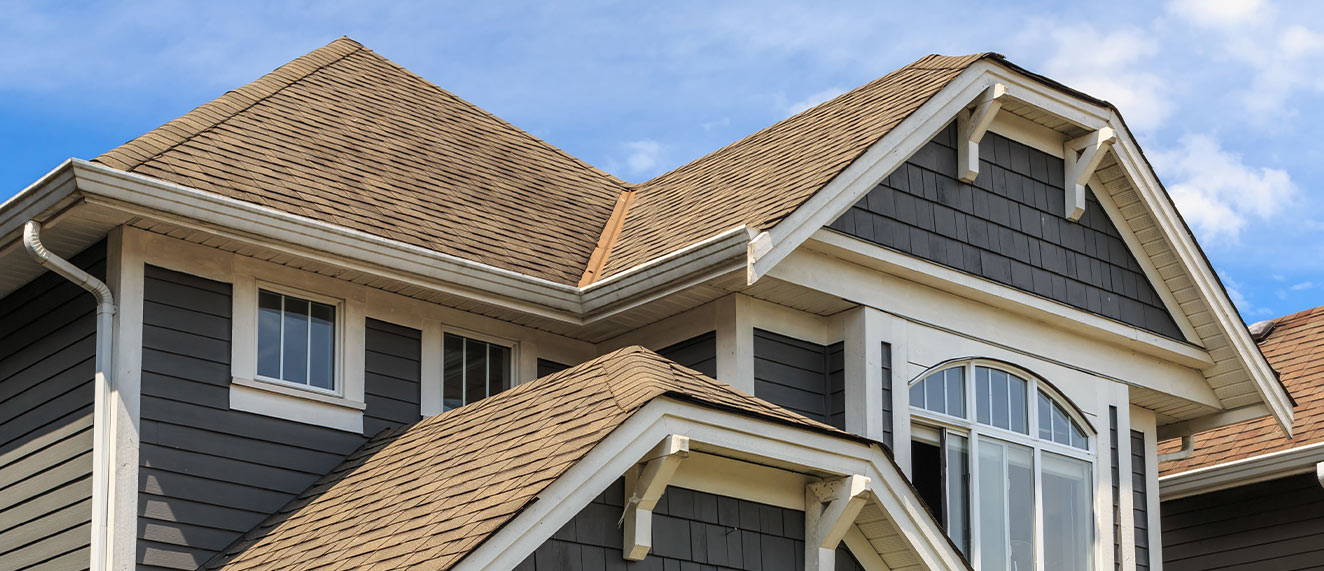Struggling to find content to share on your social media pages?
Stop scrolling through Instagram and Facebook. All you need is REALTOR.ca.
Our consumer lifestyle blog, Living Room, offers content including home improvement, market trends, DIY projects, neighbourhood guides and profiles on unique homes. Living Room publishes exciting new content four times a week (with unique French content for our Francophone fans).
<iframe src="https://www.facebook.com/plugins/page.php?href=https%3A%2F%2Fwww.facebook.com%2FREALTORdotca&tabs&width=340&height=130&small_header=false&adapt_container_width=true&hide_cover=false&show_facepile=false&appId=321786092155799" width="340" height="130" style="border:none;overflow:hidden" scrolling="no" frameborder="0" allowTransparency="true" allow="encrypted-media"></iframe>
While CREA Café is curated specifically to help your business grow and thrive, Living Room content is perfect to share with your clients.
Owned and operated by the Canadian Real Estate Association (CREA), REALTOR.ca is the No. 1 real estate platform in Canada* with MLS® System listings from across the country.
Share this blog with your clients and followers with the Facebook button below!
<iframe src="https://www.facebook.com/plugins/share_button.php?href=https%3A%2F%2Fwww.realtor.ca%2Fblog%2Fpostpage%2F12562%2F1362%2F5-things-you-should-never-remove-when-renovating-an-older-home&layout=button_count&size=large&appId=321786092155799&width=102&height=28" width="102" height="28" style="border:none;overflow:hidden" scrolling="no" frameborder="0" allowTransparency="true" allow="encrypted-media"></iframe>
You can also follow REALTOR.ca on Twitter, Instagram and Pinterest.
Read the original blog here.
*Comscore, 2020

Heritage homes have features that new builds just can’t replicate: soaring ceilings, gorgeous trim and solid construction are just a few reasons people fall in love with these charming properties. However, when it comes to renovating a heritage home, it can sometimes seem daunting.
New homeowners may look at an older home’s overall décor and feel compelled to gut everything to get a fresh start. But put down that crowbar and sledgehammer! Some original elements actually enhance the value of your century home, so think carefully before you launch into demo mode. After all, you don’t want to decrease the value of your home, right?
Here are five things you should keep intact whenever possible.
Choose the charm
Solid wood millwork and baseboards, along with plaster crown molding and ceiling medallions—even if they’ve all been painted over in an outdated colour—are usually worth stripping and keeping. These features can add character and texture to the home, says Marie-Yvonne Paint, a real estate broker with Royal Lepage Heritage in Montreal.
Paint specializes in luxury real estate, including magnificent Victorian and Tudor homes in the city’s historic areas, and regularly works with clients trying to figure out what to keep and what to replace.
“Some people who buy these homes would do anything to restore them because they are beautiful, other buyers like to combine traditional elements with modern kitchens and bathrooms, but some, unfortunately, rip everything out,” says Paint, who lives in a home that was built in 1895.
“Many of these homes have very high ceilings and original woodwork, radiators and fireplaces, and I try to convince clients to keep as much of the old charm as possible.”
For example, if the home features solid wood doors with tired-looking varnish, don’t replace them with big-box hollow doors. Instead, send them out to be stripped and refinished, and consider updating the hardware.

Don’t give hardwood floors the heave-ho
Before tearing up the hardwood floors, check if they can be sanded and re-stained. Original floors hold a lot of cachet and can save you tons of money if you don’t have to replace them. When properly maintained, hardwood floors can last for decades.
The National Wood Flooring Association, which represents tradespeople across North America, recommends sanding damaged floors back to raw wood to repair deep scratches and dents. However, floors that have been sanded several times may have reached the end of their lifespan. The number of times a floor can be refinished depends on the floor’s condition and whether or not it’s perfectly level, adds Paint.
“I had to change my floors, unfortunately, because they were really crooked,” she says.
Freshen up your fireplace
Fireplaces can be gorgeous focal points in any room, so before trashing yours, think about doing a facelift instead. You can clean up years of soot in the firebox or on the surrounding bricks or tile work. As long as the tiles and hearth are in good condition and meet current building safety codes, you can bring back their vintage beauty. Original wrought-iron fireplace doors can also be brought back to life with a good cleaning.
“Clients who want to keep the old charm should keep the fireplace mantel,” adds Paint. You can easily treat the solid wood mantel to a re-sand and stain if the finish is discoloured or worn.
Boost your bathroom’s beauty
That original clawfoot tub may look a bit gross after years of wear, but restoring it with reglazing adds value to your bathroom, says Will Wientjes, owner of The Tub Guys in Toronto, which specializes in restoring bathtubs.
“We see a lot of old cast-iron clawfoot tubs in the Greater Toronto Area. Most are around 100 years old, and still some of the best tubs available,” says Wientjes. “The slope is more conducive to comfortable bathing, they’re far more durable than plastic tubs and they retain heat longer. We do our refinishing on-site in customers’ homes, as our material is very low in toxicity and is safe to be around.”
Wientjes adds it takes two visits over two days to complete the job–one to reglaze, and the other to clean up and reassemble the plumbing pieces. A standard five-foot cast iron clawfoot tub costs about $460 to restore.

Welcome older windows
New windows are not always better than old ones, and the solid wood windows in your older home are probably worth saving, says Paint.
“If they keep the house warm, I see many people just touching up the wooden trim because of the old charm,” she says.
However, when it comes to stained glass or other specialty windows that are cracked or broken, it might not be cost-effective to keep them.
“Sometimes when you have to take out all the old windows, restore them and put them back, the labour is very expensive,” she notes.
Get advice from the pros
It’s always smart to have an older home inspected before purchasing it, but even if you didn’t, get one done now. Certain elements in a vintage home–such as knob-and-tube wiring or old plumbing pipes–very likely need to be replaced so the home is safe. The Canadian Association of Home and Property Inspectors has a directory where homeowners can find the right expert.
Once your home has been inspected and you’re armed with a list of what to restore, repair or replace, Paint recommends consulting a contractor experienced in older homes.
“Find somebody who not only loves the old charm but who has the patience to work with things like old woodwork and moldings,” she suggests.
So if you’re interested in purchasing and remodeling a vintage-era home loaded with character, it’s important to begin the process correctly by working with professionals that specialize in older homes, including your REALTOR®, says Paint.
“We have the experience and we also know what is accepted by the city, because when you touch an older home, you need permits,” she explains. “We can guide buyers through those channels.”




